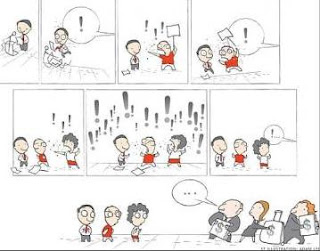How progressive is the new tax structure?
Budget 2013 sees the introduction of wealth taxes on luxury cars and homes. The tax system is getting more progressive, but the Government also has to increase social spending and transfers to reduce the income gap.
By Chia Ngee Choon, Published The Straits Times, 28 Feb 2013
Budget 2013 sees the introduction of wealth taxes on luxury cars and homes. The tax system is getting more progressive, but the Government also has to increase social spending and transfers to reduce the income gap.
By Chia Ngee Choon, Published The Straits Times, 28 Feb 2013
AS AN open economy, Singapore has to strike a balance between maintaining international tax competitiveness and achieving domestic equity in its fiscal policy. Budget 2013 thus aims for "quality growth and an inclusive society".
As the income gap has inched up, fiscal policy is one tool to narrow that gap. Narrowing the income gap is done at both ends: targeting the low- to middle-income worker by redistributing income, and lowering disposable incomes at the higher end by taxing higher incomes and wealth.
Budget 2013 does both.
At the lower end, the Government will boost wages by co-paying 40 per cent of pay increases for Singaporean workers earning up to $4,000 for three years. As the median gross monthly income from full-time work is $3,480, the Wage Credit Scheme will help lift wages for at least half the local workers. The enhanced Workfare scheme for low-wage earners will boost the income of those earning up to $1,900.
Those who read Professor Lim Chong Yah's controversial "wage shock therapy" proposal will recall that he had suggested a rapid rise in incomes at the bottom and a wage freeze for top income earners. Budget 2013 does not introduce anything as controversial, of course. But it does make good use of a wealth tax to increase the tax burden on luxury homes and cars.
Overall, Budget 2013 sets Singapore well on the path of greater tax progressivity. This has been a declared intention of fiscal policy, as Finance Minister and Deputy Prime Minister Tharman Shanmugaratnam has said.
But will making a tax system more progressive also reduce income inequality?









